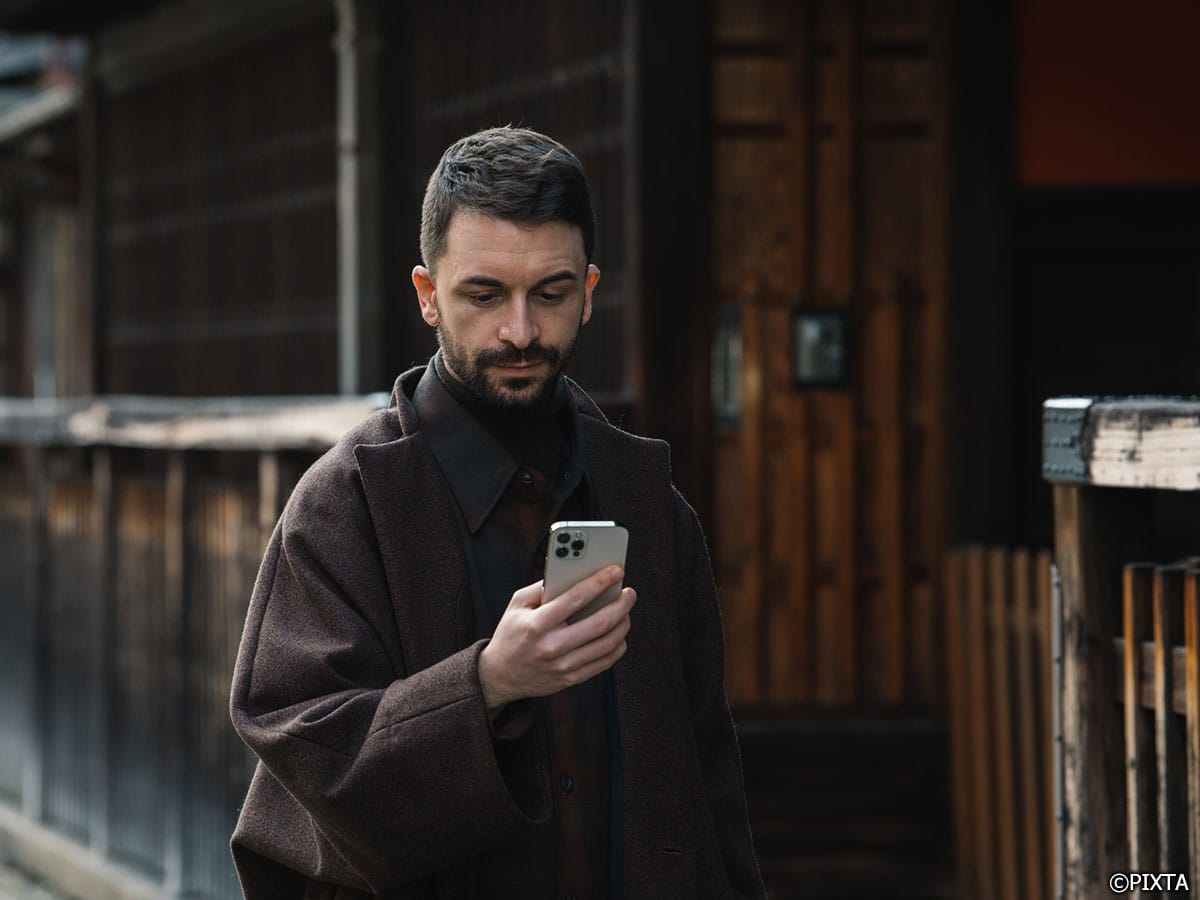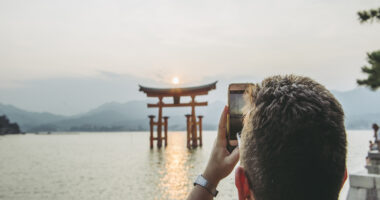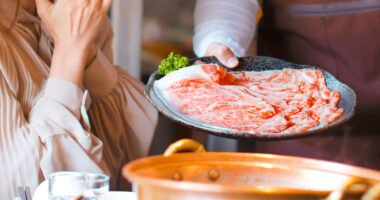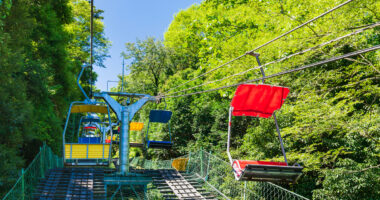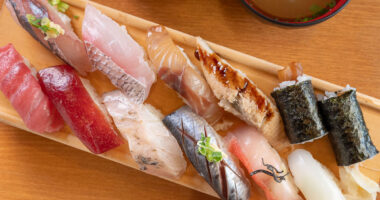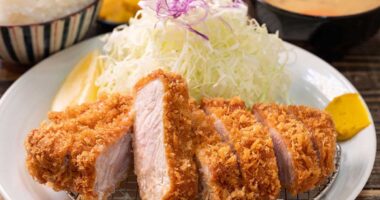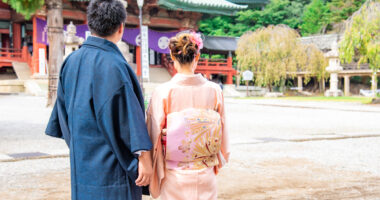Something about sumo wrestling hits deeper than what’s seen in the ring. At first glance, it’s a contest of size and strength, but for those who take a closer look, it’s discipline, history, and identity intertwined. Sumo isn’t just Japan’s national sport; it’s a way of life. From the quiet tension before a match to the crowd’s roar as two rikishi (wrestlers) clash, every moment is steeped in tradition and pride.
If you’ve ever wondered how a teenager becomes a sumo wrestler, or what separates a champion from a novice, this guide is for you. Whether you’re planning to watch sumo wrestling in Tokyo or simply hoping to understand the sport with deeper appreciation, what follows is an honest, human look at this centuries-old practice.
What makes sumo? The rules you should know
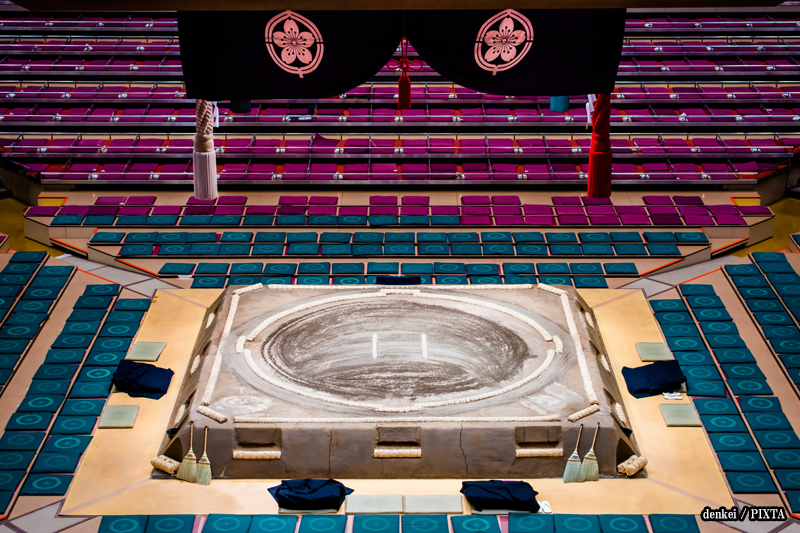
Photo for illustrative purposes
Sumo is guided by a clear structure, age-old traditions, and rules that are taken seriously by everyone involved, from the wrestlers to the fans.
The basics of the match
At its core, a sumo bout takes place in a dohyō (ring) 4.55 meters (15 feet) in diameter. It’s made of clay, covered in sand, and surrounded by rice-straw bales. Matches begin with two wrestlers facing each other at the starting lines, crouched low, fists on the ground, waiting for the right moment to launch.
The match ends the moment one wrestler is pushed out of the ring or touches the ground with any body part other than the soles of their feet. A slight misstep, even a fingertip brushing the clay, means defeat.
Sumo rules are specific and leave no room for guesswork. While forceful pushing is allowed, particular actions are strictly off-limits. Hair-pulling, eye-gouging, kicking above the waist, and punching with a closed fist will disqualify you. Wrestlers can, however, slap with an open hand, trip, throw, and use a variety of balance-breaking moves.
The importance of rituals before the match
What often confuses new spectators is the amount of time wrestlers spend preparing before the actual match begins. But this is far from wasted time—there’s a deliberate rhythm rooted in centuries-old tradition. Wrestlers enter the ring and begin a sequence of rituals that include shiko (ceremonial foot stomps) to drive away evil spirits, clapping their hands, and throwing salt to purify the ring. These actions are symbolic gestures carried over from the sport’s Shinto roots, originally performed at shrines.
One of the most intense moments comes during shikiri-naoshi,a crouched face-off repeated several times as the wrestlers stare each other down, building tension and psychological pressure. There’s no referee countdown; instead, the wrestlers must silently agree when they’re both ready and begin the match in unison. The preparation can take several minutes, while the bout itself might last only seconds. Yet this pre-match ritual is a vital part of the sumo experience, reflecting the discipline, mutual respect, and spiritual elements at the heart of Japan’s national sport.
No weight classes, just skill and strategy
One of the most intriguing things about sumo wrestling in Tokyo and across Japan is that there are no weight divisions. A 150 kg (330 pound) wrestler could face someone 50 kg (110 pounds) heavier. This makes the technique a powerful equalizer. Wrestlers often train extensively in timing and balance, developing their ability to anticipate and counter moves with precise weight shifts.
There are more than 80 official winning techniques known as kimarite. Wrestlers don’t rely on a single strategy; they must adapt in real-time. A nimble, strategic fighter can overcome a heavier opponent through finesse and placement.
A sport built on respect
Everything about sumo rules points to respect—for the match, for opponents, and for tradition. There are no grand celebrations or aggressive taunts by rikishi after a bout. The winner offers a simple bow, remaining composed, while the loser quietly accepts the outcome. Emotions are kept in check, not out of indifference, but because maintaining the dignity of the sport is paramount. This behavior isn’t optional—it’s expected.
Whether you’re a first-time spectator or a long-time enthusiast, understanding these customs allows for a deeper appreciation of what unfolds inside the ring. The brute force you see is not reckless; it’s a controlled power shaped by discipline and guided by centuries-old traditions that define sumo’s enduring spirit.
Becoming a rikishi: what it takes to join the sumo world
Joining the sumo world is a total commitment. For those who enter, life changes overnight.
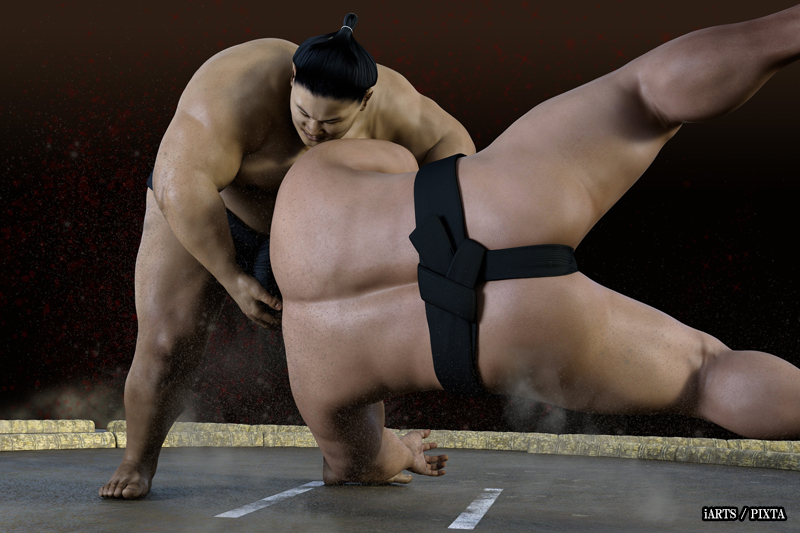
Photo for illustrative purposes
Starting young and meeting strict requirements
Most future sumo wrestlers begin their journey as teenagers. The competitive selection process starts with acceptance into a heya (sumo stable). Each stable functions like a tightly run household, led by an elder, often a retired wrestler, who oversees young recruits’ training and daily lives.
Candidates must meet the physical standards laid out by the Japan Sumo Association. Currently, that includes a minimum height of 167 cm (5’6″) and a weight of at least 67 kg (148 lbs). But physical qualifications alone aren’t enough. Potential rikishi must also show mental toughness and the willingness to submit to a strict routine.
Life inside the stable
Once accepted, the lifestyle changes immediately. Recruits live with other rikishi, and the system is hierarchical since day one. Newcomers are assigned chores and must assist senior wrestlers with cooking, cleaning, preparing baths, and even helping them dress.
The hierarchy is embedded into everything, from the food they eat to the clothes they wear. Junior wrestlers typically wear plain yukata and wooden sandals, while higher-ranked wrestlers enjoy more freedom and formal attire. The deeper you move into this world, the more you understand that becoming a rikishi is a daily test of willpower, discipline, and perseverance.
Daily routine and training
Training begins early, often before sunrise. Sessions include intense sparring, flexibility exercises, and practicing specific sumo rules repeatedly until they become second nature. Wrestlers rehearse falls, work on their balance, and strengthen their legs and core.
After training comes a high-calorie meal centered on chanko nabe, a hearty stew filled with meat, usually chicken, occasionally fish, tofu, and vegetables. It’s paired with rice. Wrestlers rest after meals to help build mass. Many sleep in the afternoon to support weight gain and muscle recovery.
It’s a routine few can maintain for long unless they’re truly committed. Injuries, fatigue, and mental exhaustion are common. Yet many wrestlers push through because the opportunity to rise through the sumo wrestler rank system is worth the sacrifice.
More than a job, it’s a calling
To those unfamiliar, sumo might seem like a short-lived career, but it’s a lifelong path for many wrestlers. Success brings fame and status. High-ranking rikishis gain public respect, media attention, and financial stability. More importantly, they carry one of Japan’s oldest and most cherished traditions.
Sumo wrestling etiquette begins in the training stables, where young men are taught that respect and humility are as important as strength and technique. For anyone interested in the deeper layers of Japanese culture, understanding what it takes to become a rikishi is an eye-opening look at discipline, legacy, and a life lived with purpose.
The hierarchy of power: understanding sumo wrestler rank
There’s a strict order in the sumo world, and it isn’t just for show; it defines a wrestler’s life, career, and level of respect inside and outside the ring. Every professional sumo wrestler is part of a hierarchical system where performance decides your place.
The six divisions: one step at a time
At the foundation of the sumo wrestler rank system are six main divisions. Everyone begins in Jonokuchi, the entry-level tier. From there, wrestlers aim to rise through Jonidan, Sandanme, and Makushita divisions where most remain unpaid and endure the toughest routines.
Promotion to Jūryō, the second-highest tier, is a major milestone. It’s the point where a wrestler becomes salaried and is finally considered a professional. But the spotlight is reserved for those who make it into Makuuchi, sumo’s top division.
Inside the Makuuchi division
The Makuuchi division includes five internal ranks:
- Maegashira: The largest group, ranked from lowest to highest numerically
- Komusubi: A stepping stone to higher honors
- Sekiwake: A prestigious position often earned through steady, winning performances
- Ōzeki: A title of immense responsibility. Consistency and strength are required to achieve this status and maintain it
- Yokozuna: The highest possible honor in sumo. It’s not awarded lightly. Beyond a near-perfect record, a Yokozuna must consistently demonstrate dignity, leadership, and composure
Promotions and pressure
Rankings are recalculated after each official tournament, known as a Honbasho. There are six of these tournaments held annually, and every bout counts. A winning record typically results in a promotion, while a losing record, called a make-koshi, can lead to demotion.
Once a wrestler reaches Yokozuna, they cannot be demoted. That said, ongoing poor performance or injuries often push them toward retirement out of respect for the title and what it represents.
Why rankings matter
Rank isn’t just ceremonial. It determines everything from match schedules, salaries, housing arrangements, and fan support. A wrestler’s lifestyle improves dramatically with promotion, while those stuck in the lower tiers endure rigorous training with few luxuries.
The structure keeps the sport competitive and gives fans something to follow beyond the ring. When you understand how sumo wrestler rank works, each match gains more meaning—it’s not just about winning; it’s about survival, pride, and legacy.
The code of respect: sumo wrestling etiquette explained
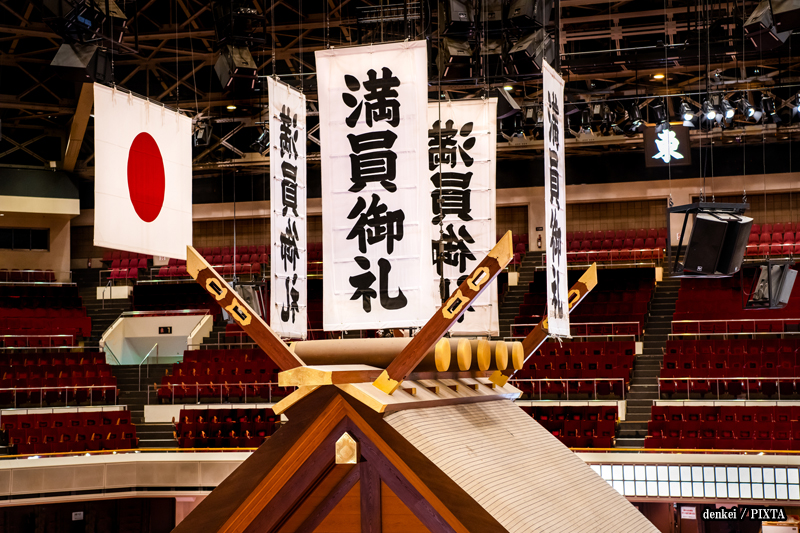
Photo for illustrative purposes
More than any rules about movement or victory, sumo wrestling etiquette defines the spirit of the sport. Respect is embedded in every action, on the dohyō, in training, and even while walking through a crowd. Without it, sumo wouldn’t be what it is today.
Wrestlers uphold a tradition where discipline and humility matter as much as skill. These unspoken rules are respected by fans, too, who are expected to cheer respectfully, avoid shouting over ceremonies, and remain silent during most sacred parts of the event.
Daily conduct and dress code
Etiquette extends beyond the matches. Regardless of rank, every rikishi must follow a strict dress code in public. Lower-ranked wrestlers wear simple cotton robes and sandals. Higher-ranking athletes may wear finer fabrics, elaborate belts, and the well-known chonmage (topknot).
Even how wrestlers carry themselves daily is part of their public image. How they eat, greet others, and travel reflects personal behavior and respect for the sport.
Fans have a role, too
If you attend sumo wrestling in Tokyo, you’ll notice that fans remain mostly quiet during pre-match rituals, creating an atmosphere of focus and respect. One exception is when wrestlers perform shiko, at which point some spectators enthusiastically call out “Yoisho!” in rhythm with the movement. Joining in with this chant is both respectful and fun, and can be an enjoyable way for visitors to feel part of the tradition. Bringing food into the arena is common, but phone use, standing, or talking loudly during important moments is discouraged.
Understanding these customs enhances the entire experience for both spectators and wrestlers. At its core, sumo wrestling etiquette teaches discipline, gratitude, and harmony, values that have carried the sport through centuries.
- For more information on how to watch sumo and what you can and shouldn’t bring, check our guide here
Watching sumo wrestling in Tokyo: what to expect
If you’re planning a trip to Japan and want to witness one of its most iconic traditions, watching sumo wrestling in Tokyo is an unforgettable experience. The city offers unmatched access to the sport, from major tournaments to sumo stables and local fan events.
The best venue: Ryōgoku Kokugikan

photo for illustrative purposes
Located in the heart of Tokyo’s Ryōgoku district, the Ryōgoku Kokugikan is Japan’s premier sumo arena. It hosts three of the six annual grand tournaments, each drawing tens of thousands of fans. Matches are held over 15 days, and each day follows a set order, lower-ranked wrestlers compete in the morning, while top-division bouts occur in the afternoon.
Tickets are available in advance and sell quickly, especially for weekends or championship days. You can choose from traditional box seats, where you sit on floor cushions or standard arena-style seating.
The full-day experience
A sumo match is an all-day experience. You can enter the arena early and explore exhibits that explain the history and culture behind sumo. A museum within the Kokugikan also showcases ceremonial aprons, wrestler biographies, woodblock prints, and historical artifacts.
Food stalls serve up favorites like yakitori and bentos, and it’s common to see fans arrive with lunch and make a day of it. Watching a full tournament day gives you a broader sense of the sport’s structure, from up-and-coming rikishi to seasoned veterans.
Meeting rikishi and visiting stables
You can also visit sumo training stables outside of tournament days in Tokyo. Some allow visitors to observe early-morning practice sessions. Seeing rikishi train up close gives you a deeper appreciation of their daily routines and the discipline required to reach higher sumo wrestler ranks.
If you’re lucky, you may spot a rikishi walking around the neighborhood in traditional attire. They’re usually friendly and used to attention, but always remember to be polite when approaching.
Final thoughts
Whether you’re a die-hard fan or completely new to the sport, watching sumo wrestling in Tokyo is a rich cultural experience. Whether you’re a curious first-timer or a cultural enthusiast, understanding the rules, rituals, and sumo wrestling etiquette beforehand adds to your enjoyment and helps you engage respectfully with the sport. It’s an opportunity to connect with a living tradition that continues to evolve while staying firmly rooted in its values.
To explore more of Japan’s unique cultural traditions through easy-to-digest guides and authentic local insights, Umami bites is here to help you uncover the stories, flavors, and customs that make Japan truly unforgettable.


